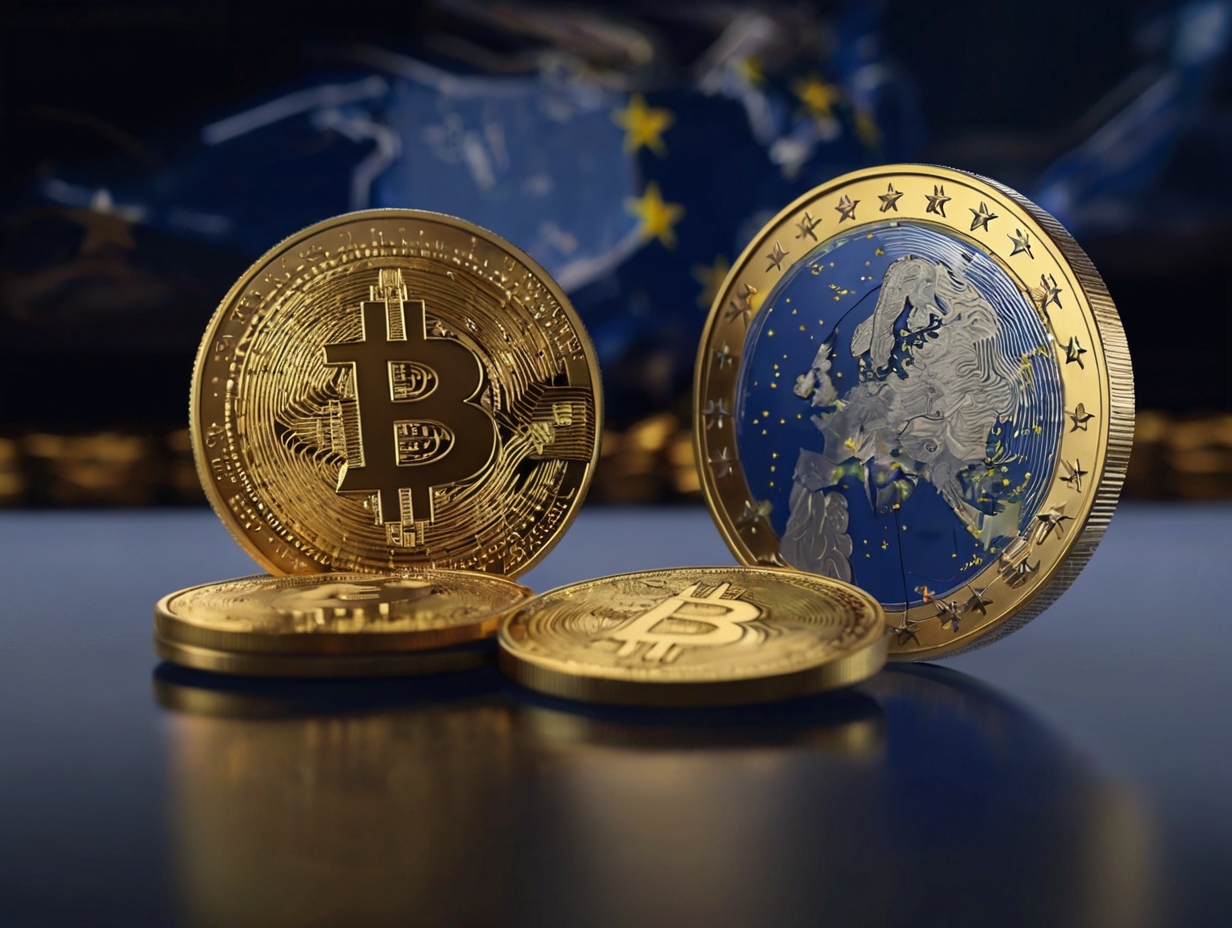The European Union (EU) faces a significant hurdle in establishing a robust regulatory framework for cryptocurrencies as the European Securities and Markets Authority (ESMA) grapples with resource constraints. This obstacle potentially puts the EU at risk of lagging behind other global markets in adopting cryptocurrencies and blockchain technology.
ESMA’s resource challenges
ESMA, the Union’s premier regulatory authority tasked with overseeing Europe’s complex financial landscape, is confronted with resource constraints that hinder its ability to effectively regulate cryptocurrencies.
Verena Ross, the chairperson of ESMA, has acknowledged the issue, citing the agency’s numerous additional responsibilities and mandates in recent years without corresponding increases in resources.
Ross stated, “Resources is an issue for ESMA generally because we have had a large number of additional responsibilities and mandates given to us over the last few years, and not always necessarily with a lot of additional resources.”
One notable consequence of ESMA’s resource constraints is the delay in meeting the European Commission’s deadline for assessing the potential inclusion of crypto assets within Ucits funds, a popular investment vehicle among European retail investors. This delay, as noted by Ross, could extend the timeline to the end of 2024 or even early 2025.
EU falls behind in crypto oversight amid global trends
While the EU struggles with regulatory challenges, other global players, notably the United States, have embraced cryptocurrencies with open arms. The regulatory agility in the US has led to the proliferation of Bitcoin ETFs, attracting significant investments since January 2024.
This contrast highlights the EU’s comparatively sluggish pace and rigid regulations, potentially leading to capital flight as funds seek more innovation-friendly environments overseas.
Moreover, the lack of harmonization in regulations within the EU poses significant challenges for businesses operating across member states. For instance, Jupiter Fund Management’s experience illustrates the disparities in regulations, with their Irish Ucits fund compelled to abandon a planned crypto investment due to stringent Irish regulations, while Spain allows exposure to such assets through exchange-traded products.
Addressing these challenges requires swift action from EU policymakers to streamline regulations, foster innovation, and ensure the region remains competitive in the rapidly evolving global crypto landscape. Failure to do so risks further exacerbating the gap between the EU and its counterparts, hampering economic growth and investor confidence in the region.
Urgent need for a transparent regulatory framework
The convergence of traditional finance and cryptocurrencies underscores the urgent need for a transparent and cohesive regulatory framework within the EU. The emergence of US-based ETFs and the UK’s openness to comparable offerings accentuates this necessity.
ESMA recognizes the interconnectedness between crypto assets and the traditional financial sector and emphasizes the importance of getting the Ucits review right.
Verena Ross emphasized, “What we’re seeing happen is just an increased interconnectedness between crypto assets and the traditional financial sector and various products.”
Addressing ESMA’s resource constraints is imperative to ensure effective crypto regulation within the EU. With a limited staff of merely 300 and an unchanged budget from the previous year, ESMA must prioritize tasks rigorously.
This may involve strategic staff allocation and potentially retraining existing employees to specialize in crypto regulation. Additionally, a phased rollout of the Markets in Crypto-Assets (MiCA) regulation could alleviate the implementation burden for both ESMA and member states.
EU must address ESMA’s resource challenges to foster innovation, protect investors, and maintain competitiveness in the global digital economy. A well-funded and empowered regulatory watchdog is crucial for navigating the evolving landscape of cryptocurrencies and blockchain technology.


